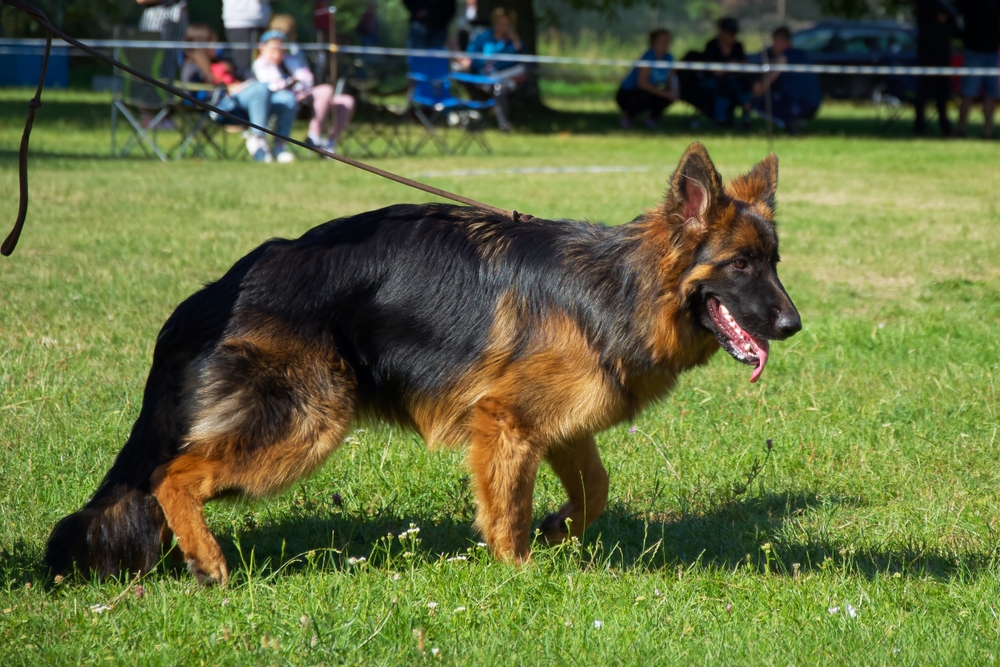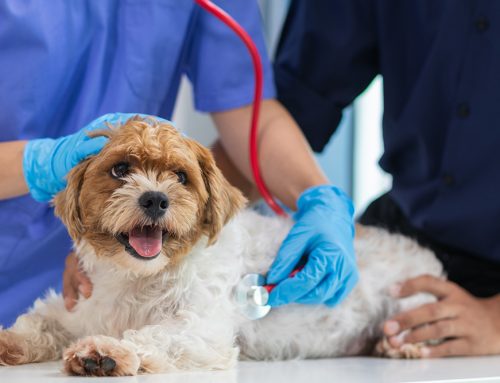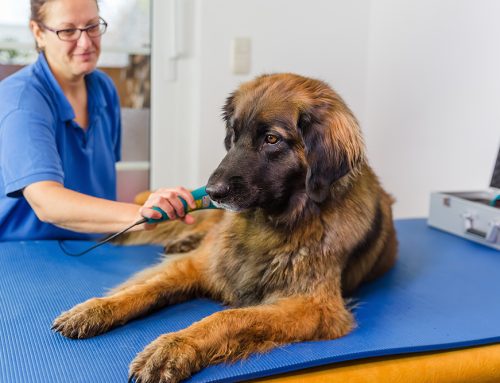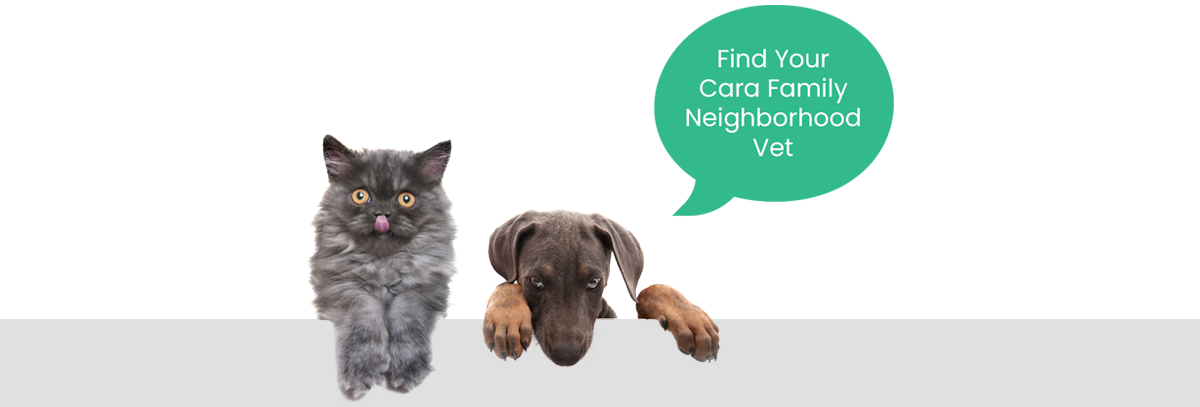Hip dysplasia is a developmental orthopedic disease most common in large and giant-breed dogs, with the potential to affect dogs of all sizes. This painful joint condition can negatively impact a dog’s quality of life, but you can educate yourself and take measures to help ensure your furry pal remains comfortable and mobile. Our Island Animal Hospital team provides the information you need to understand, prevent, and manage canine hip dysplasia (CHD).
What is canine hip dysplasia?
CHD is a skeletal condition involving the hip joint, which functions as a ball and socket. With CHD, the hip’s joint develops abnormally. Rather than forming a secure, smooth fit, the joint is loose. This misalignment leads to friction and wear that cause the joint to deteriorate over time, leading to pain, inflammation, and eventually, debilitating arthritis.
What factors contribute to canine hip dysplasia?
While any dog can develop hip dysplasia, certain factors increase their risk. CHD risk factors include:
- Genetics — Hip dysplasia has a hereditary component, and a dog who has a genetic predisposition is more likely to develop the condition. Breeders can help reduce the risk by screening dogs for the condition and selectively breeding dogs who have healthy hips.
- Size — Larger dog breeds are generally prone to hip dysplasia. The rapid growth and weight placed on a large dog’s developing joints contribute to the condition. In addition, overweight dogs have an increased hip dysplasia risk, as excess weight puts added stress on the hip joints.
- Diet — Poor nutrition can affect a dog’s skeletal development and increase their hip dysplasia risk. Excessive calorie intake leading to rapid growth can also contribute to the condition.
- Activity level — Excessive high-impact exercise at a young age can strain the developing hip joints and increase CHD’s likelihood.
What are canine hip dysplasia signs?
Early hip dysplasia detection and treatment can slow the condition’s progression and relieve your dog’s discomfort. CHD’s signs vary from mild to severe and usually worsen as the condition progresses, becoming more painful. Common CHD signs include:
- Decreased activity — Dogs with hip dysplasia may lose interest in physical activities, such as running, jumping, or playing, and may tire more easily.
- Lameness or limping — A dog’s lameness can be intermittent, more pronounced after exercise or rest periods, and may affect one or both legs.
- Stiffness — Dogs with hip dysplasia often move stiffly, particularly after rest or in the morning. An affected dog may also have difficulty getting up from a reclining position and climbing stairs.
- Bunny-hopping gait — Some dogs with hip dysplasia develop a hopping gait, where both hind legs move together simultaneously, rather than independently.
- Increased irritability — Dogs may exhibit pain signs when their hips are touched or manipulated. An affected dog may also exhibit behavioral changes, such as increased irritability, because of their discomfort.
- Muscle atrophy — Chronic hip dysplasia can lead to hindquarter muscle atrophy (i.e., wasting). The muscles around the hip joints may appear smaller or less developed compared with the rest of the body.
If you suspect your dog has hip dysplasia, our Island Animal Hospital team will perform a thorough physical examination that includes hind limb manipulation to assess their discomfort or restricted movement. Imaging tests, such as X-rays or magnetic resonance imaging (MRI), may be recommended to provide a clearer view of the joint, enabling our team to make an accurate diagnosis.
Can canine hip dysplasia be treated?

While CHD cannot be cured, our Island Animal Hospital team can manage your dog’s signs to help ensure they lead a comfortable, happy life. Depending on the severity of your dog’s condition and their age, their treatment options may include:
- Weight management — Keeping your dog at a healthy weight reduces their joint strain, slowing the disease’s progression. You can maintain your dog’s healthy weight by feeding them a balanced diet and providing regular exercise.
- Physical therapy — Techniques, such as hydrotherapy, can strengthen the muscles that support your dog’s hip joints, reducing pain and increasing their mobility.
- Medications — Nonsteroidal anti-inflammatory drugs (NSAIDs) can alleviate CHD pain and inflammation.
- Supplements — Supplements, such as chondroitin sulfate, glucosamine, and omega 3-fatty acids, can be beneficial for joints.
- Surgery — In severe cases or when medical management treatments are ineffective, surgery may be necessary. Surgical procedures range from total hip replacement to less invasive options such as femoral head ostectomy (FHO).
While your dog may be genetically predisposed to hip dysplasia, you can help prevent your canine companion from developing the condition or reduce its severity by managing your furry pal’s weight, providing daily low-impact exercise, and ensuring they receive regular preventive care. If you have questions or need to schedule your pup’s wellness exam, contact our Island Animal Hospital team.





















Leave A Comment